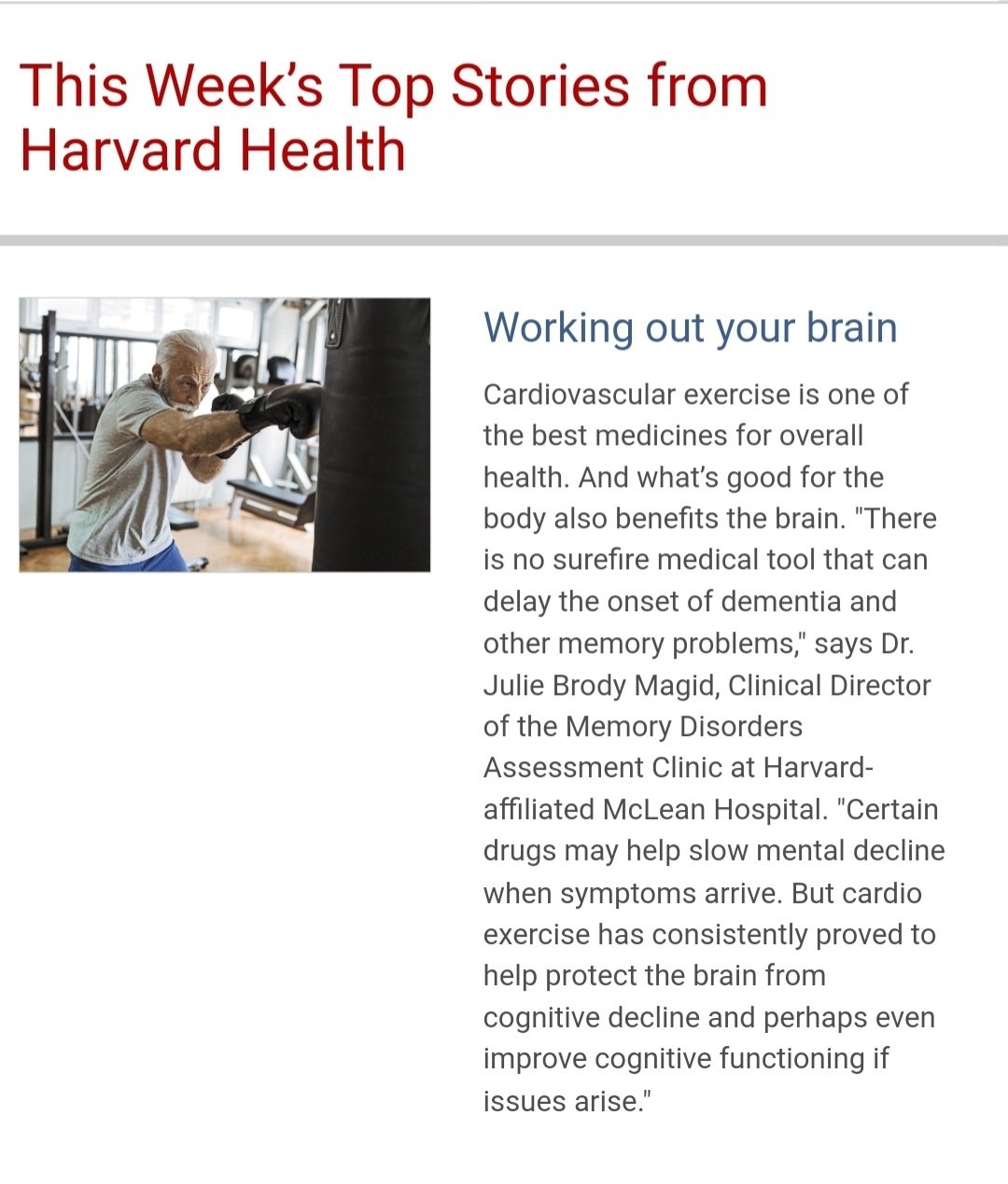I Tried The Retro Walking Trend!
By: Sumera Garcia-Quadri
As part of my summer break routine which focuses on recovery, mobility, and light training, I thought I may as well add in slow RETRO WALKING (basically it's walking backwards).
Retro walking has blown up all over Instagram with some people doing it on a treadmill and others with sledges. Some sports like hockey and soccer train their players to move backwards so that they can see their opponents, which means that they end up targeting and strengthening muscle groups that the average person, like me, does not train everyday. While some dances do have backwards movements, they aren't performed for long period of time.
After reading some articles by Cleveland Clinic, McGill, and UCLA (cited below) on retro walking and learned that it can help reduce knee pain, burn more calories, and work the glutes, hips, and hamstrings more than forward walking which relies on calf and quad muscles more, I knew I had to hop on board.
Here’s what I found from backwards walking off the bat:
It’s FUN! I ended up laughing a lot as you see in my clips because it felt funny doing it
I didn’t feel any pain in my knee joints or on the bottoms of my feet, specifically my arches. This was a BIG bonus for me as I still need to move while I recover from right knee pain and foot arch pain caused by fallen arches.
I was pretty slow because I didn’t want to hit my toes against anything and hurt myself. This forced me to concentrate and make a mind, body, and soul connection.
It forced me to stand up tall (like a posture correction) so that I wouldn’t loose balance and fall
I felt my hip flexors and heels take on a lot of the impact (not sure if this is good for me yet)
I found that walking backwards with weights in both hands or in one hand pushed me down into my heel and toes
I will continue to do backwards walking with weights because it has not hurt my knees or feet so far
My tips if you’re going to try it out:
have a clear space free of any objects and toys and put padding on anything sharp
start with your shoes on to prevent any slip and falls and hurting your feet and ankles
try walking backwards close to a wall in case you need to hold it for support
do not use any weights yet
Check out the articles below for more about walking backwards and it’s benefits:
Cleveland Clinic: https://health.clevelandclinic.org/benefits-of-walking-backwards
UCLA Health: https://www.uclahealth.org/news/article/walking-backward-may-have-link-increased-cognition#:~:text=It%20can%20strengthen%20the%20muscles,be%20kinder%20to%20those%20joints.
McGill University: https://www.mcgill.ca/oss/article/critical-thinking-health-and-nutrition/benefits-backward-walking-are-not-solid-ground
BBC: https://www.bbc.com/future/article/20231110-why-walking-backwards-can-be-good-for-your-health-and-brain
Performance Lab: https://www.performancelab.com/blogs/joint-support/why-is-everyone-walking-backward-on-tiktok?srsltid=AfmBOopcCrXwq4UAIi04r34tdozu_tNddpB2_BPhjL4qSqYBkQH4W3-m




















